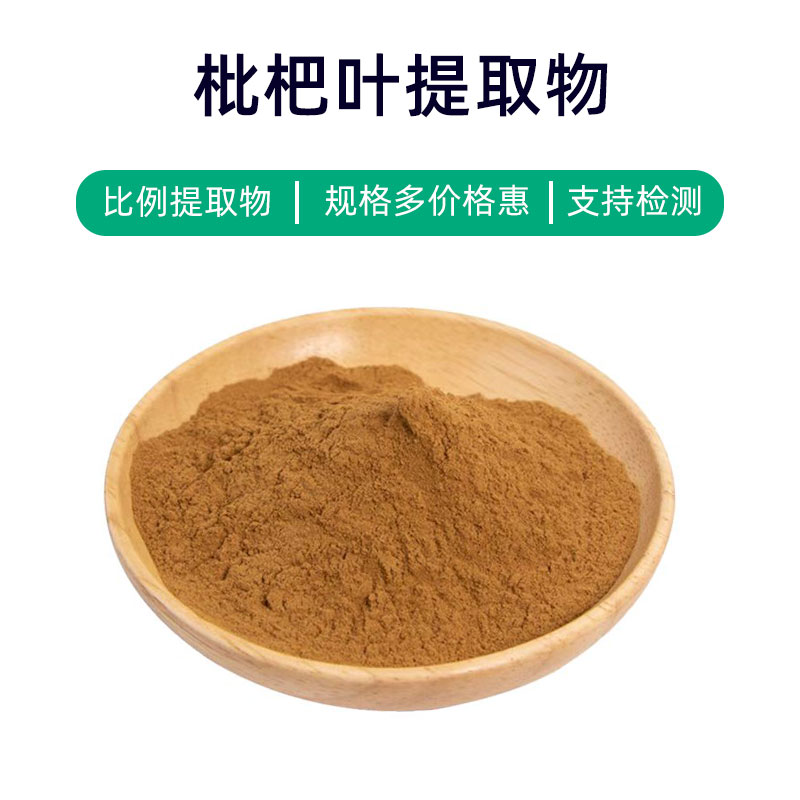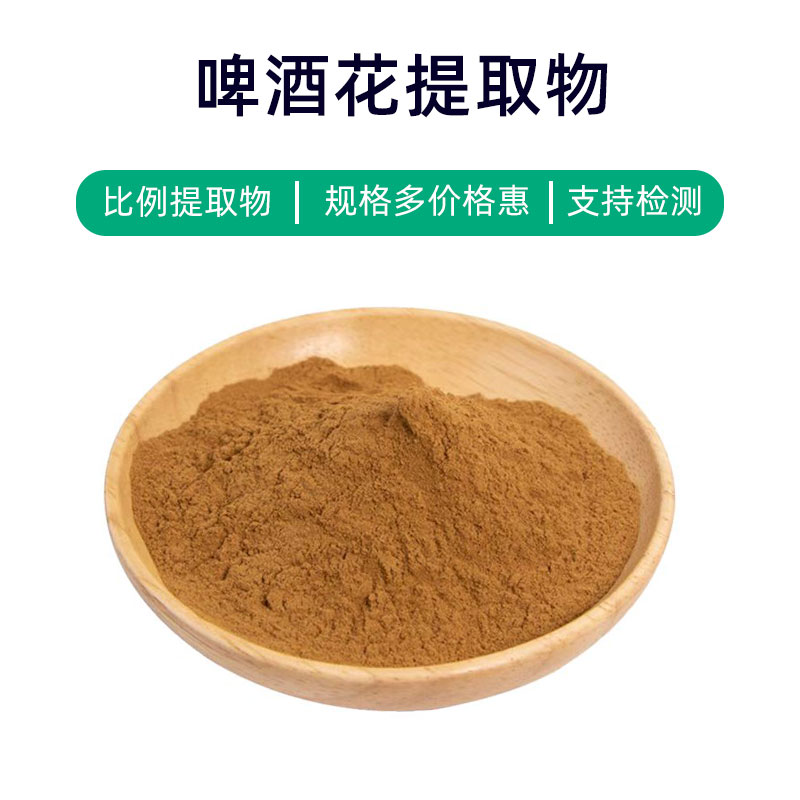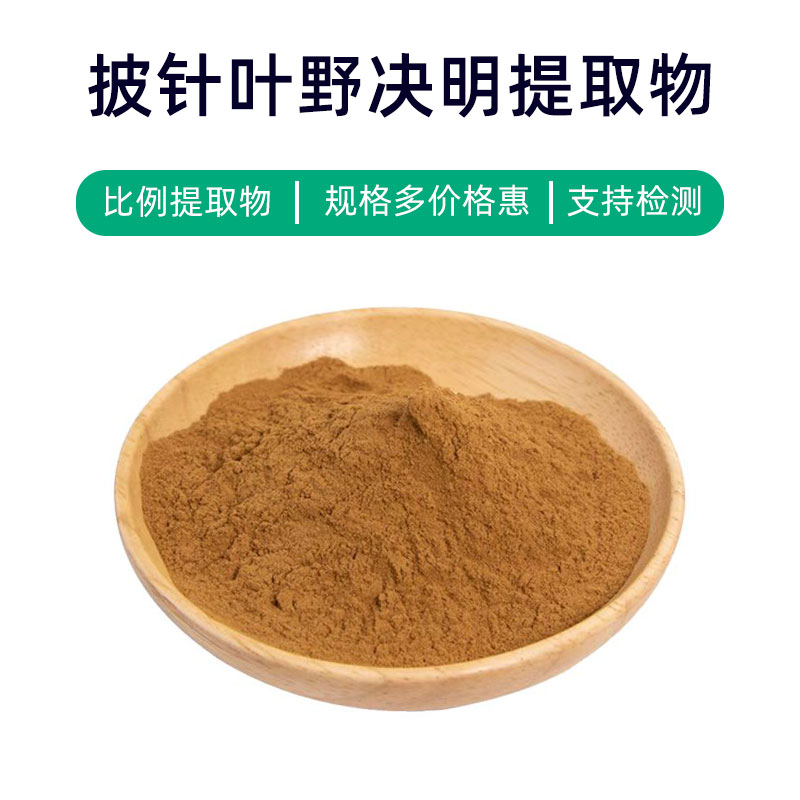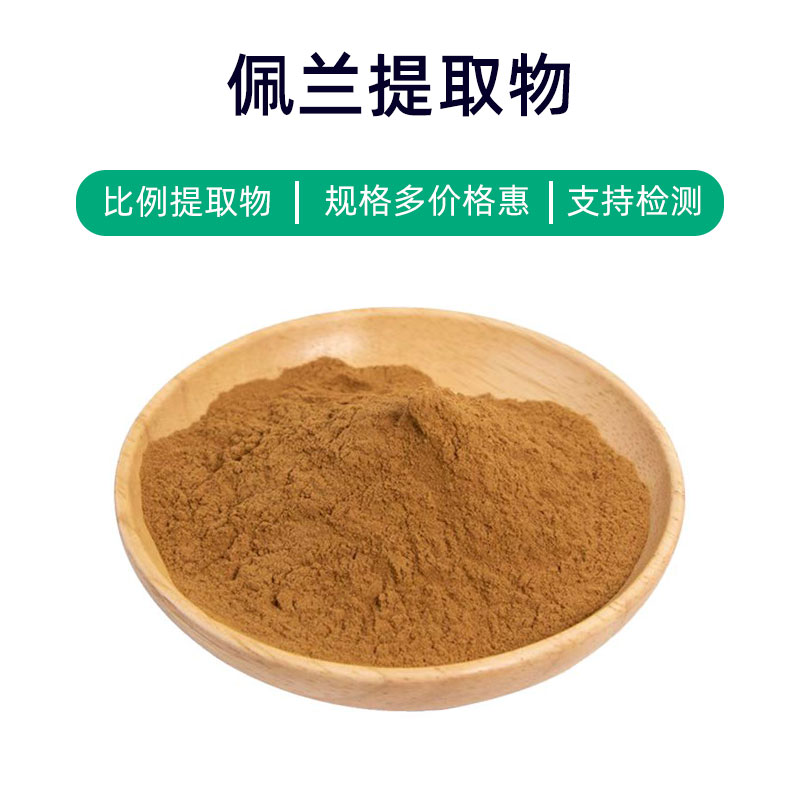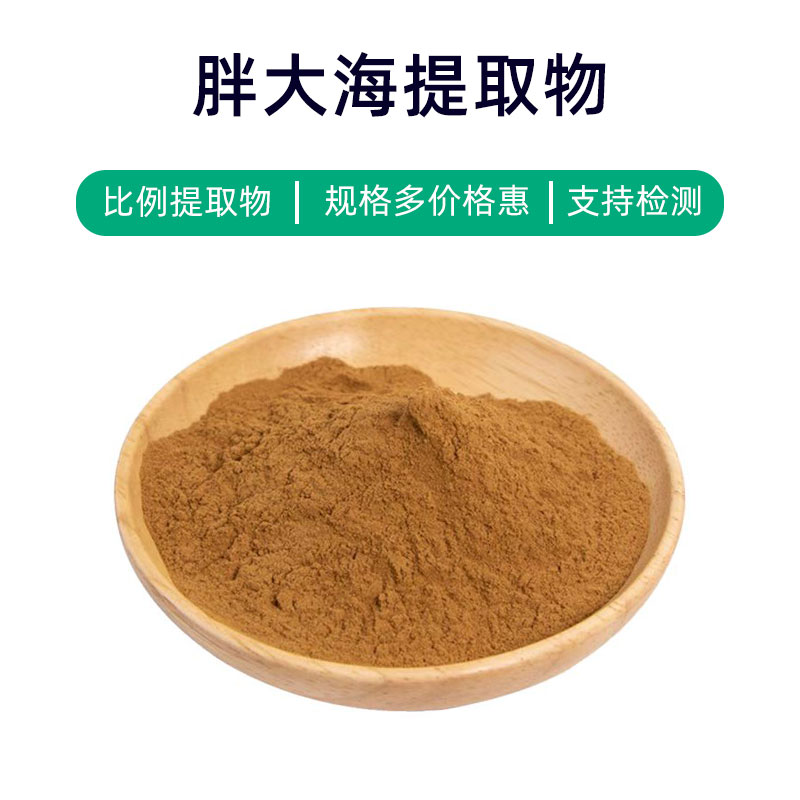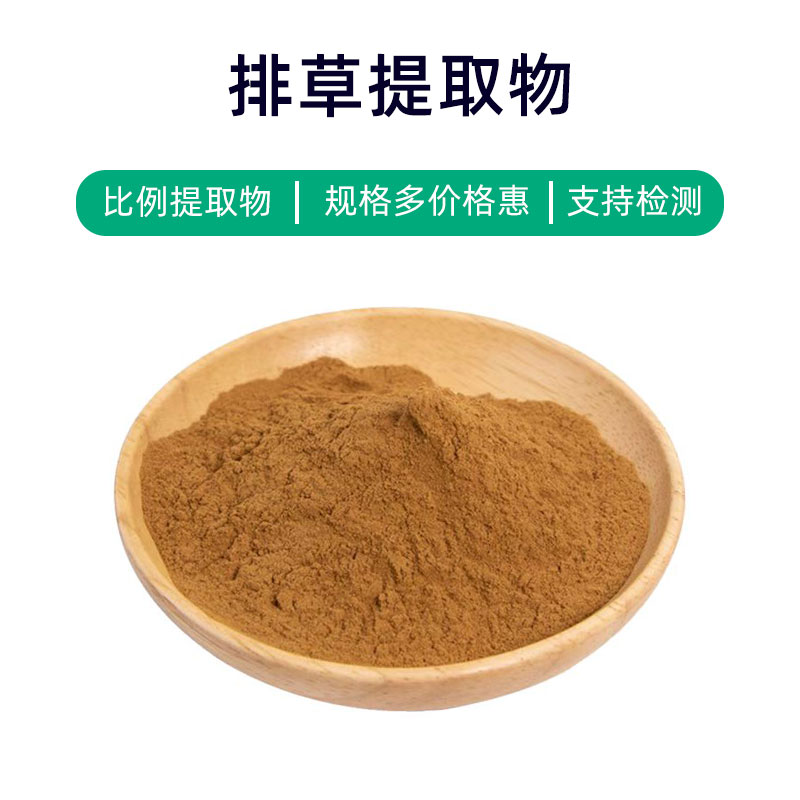Walnut Extract Product Introduction
Walnut extract is a natural plant extract derived from the fruit or kernel of walnuts. Its main components include walnut polyphenols, proteins, vitamins, and minerals. Walnut extract is widely used in dietary supplements, pharmaceuticals, and cosmetics, offering various benefits.
First, walnut extract is rich in antioxidants, capable of clearing free radicals from the body, slowing cell aging, and helping to maintain healthy physiological functions. Second, it has anti-inflammatory properties that can alleviate inflammation and reduce pain and discomfort. Additionally, walnut extract can regulate blood lipids, lower cholesterol levels in the blood, and protect cardiovascular health, preventing heart disease.
In terms of applications, walnut extract is common in various dietary supplements, such as antioxidants and cardiovascular health products. It is also added to skincare and cosmetic products for anti-aging, moisturizing, and skin repair benefits. In the pharmaceutical field, walnut extract is used in drug formulations to regulate blood lipids and improve microcirculation.
Overall, walnut extract is a multifunctional natural plant extract with a wide range of applications, beneficial for both health and beauty.
Walnut Extract Production Process
The production process of walnut extract typically includes the following main steps:
- Raw Material Preparation: Select fresh, high-quality walnut fruits or kernels. Clean and perform preliminary processing to remove impurities and surface dirt.
- Grinding/Crushing: Grind or crush the cleaned walnut fruits or kernels to increase extraction efficiency. This usually involves grinding into powder or granular form.
- Extraction: Use appropriate solvents (e.g., water, ethanol) to extract from the crushed walnut material. Common extraction methods include percolation, steam distillation, and supercritical fluid extraction. During the extraction, temperature, time, and solvent concentration must be controlled to ensure extraction efficiency and quality.
- Filtration and Concentration: Filter the extracted liquid through a filter to remove solid impurities. Then, utilize evaporation concentration or other methods to remove solvents from the solution to obtain concentrated extract.
- Refinement and Purification: Further refine and purify the concentrated extract to remove residual solvents, impurities, and pigments. Common methods include crystallization, gel filtration, and preparative chromatography.
- Drying: Dry the refined extract to remove moisture, resulting in a stable powder or granular product.
- Packaging and Storage: Package the dried walnut extract, typically using sealed materials to prevent humidity and light exposure. Store the packaged products in a dry, cool, and ventilated environment to avoid heat, moisture, and direct sunlight, optimizing shelf life.
The above is a common production process for walnut extract; specific processes may vary depending on the manufacturer’s techniques and equipment conditions.
Walnut Extract Effects and Side Effects
Walnut extract, derived from walnut fruits, provides various benefits:
- Antioxidant Properties: Walnut extract is rich in antioxidants, including polyphenols and vitamin E, which neutralize free radicals, reduce oxidative damage, and protect cells from oxidative stress.
- Cardiovascular Protection: The high levels of unsaturated fatty acids in walnut extract help lower cholesterol levels in the blood, improve circulation, and prevent cardiovascular diseases such as hypertension and arteriosclerosis.
- Digestive Improvement: Walnut extract contains abundant dietary fiber and tannins, which promote intestinal motility and help prevent constipation and digestive issues.
- Memory Enhancement: Various nutrients in walnut extract, such as proteins, essential fatty acids, and trace elements, benefit the brain’s nervous system, aiding in memory improvement and cognitive function.
- Anti-inflammatory Effects: Walnut extract contains omega-3 fatty acids and polyphenolic compounds, which exhibit strong anti-inflammatory effects, alleviating inflammation and reducing joint pain.
- Blood Sugar Regulation: Certain bioactive compounds in walnut extract, such as walnut polyphenols and saponins, can help lower blood sugar levels, preventing the onset of diabetes.
- Anti-cancer Properties: Walnut extract contains natural compounds like phytosterols and plant sterols that have anti-cancer effects, inhibiting tumor cell growth and spread.
Walnut extract is generally safe, but individuals should be aware of personal differences and potential allergies. Excessive intake or allergic reactions can lead to gastrointestinal discomfort or allergic responses; it’s best to consult a doctor or nutritionist before use.
Walnut Extract Application Scenarios and Dosage
Walnut extract has extensive applications in pharmaceuticals, food, and cosmetics. Here are its main uses and recommended dosages:
- Pharmaceuticals:
- Cardiovascular Health: Walnut extract can be used as an adjunct treatment for hypertension and high cholesterol, with a recommended daily oral dosage of 500-1000 mg, adjustable based on doctor’s advice.
- Antioxidant Therapy: For preventing and treating oxidative stress-related diseases, a daily oral dosage of 300-600 mg is recommended, adjustable as necessary.
- Memory Improvement: Walnut extract can be taken as a supplement for memory and cognitive function enhancement, with a suggested daily dosage of 200-400 mg, adjustable based on individual needs.
- Food:
- Functional Foods: Walnut extract can be used in the production of functional foods like walnut nutrition bars and walnut beverages; typical amounts depend on the formulation.
- Baked Goods: Incorporate walnut extract into baked products such as walnut cookies and walnut bread, following recipe requirements.
- Cosmetics:
- Skincare Products: With its antioxidant and moisturizing properties, walnut extract is suitable for inclusion in skincare products like creams and serums, typically suggested at concentrations of 1%-5%.
- Hair Care Products: Walnut extract nourishes and moisturizes both scalp and hair, with recommended additions of 1%-3% in shampoos and conditioners.
The amount of walnut extract used should be determined by the specific product formulation, desired effects, and market demand. It’s advisable to conduct thorough experimental validation and product evaluations before production to ensure safety and efficacy. Quality control and production processes must comply with relevant regulations and standards.
Walnut Plant Source Introduction, Distribution, and Growing Environment
Walnut (scientific name: Juglans regia) is a deciduous tree, belonging to the walnut family and also known as English walnut. Here’s an overview of the walnut plant source, its distribution, and growing environment:
- Plant Introduction:
Walnuts are common fruit trees that can grow over 20 meters tall with a dense crown. Its bark is gray, trunk sturdy, and crown round or broadly oval. The leaves are compound, consisting of 5-9 leaflets that are oval-lanceolate with serrated edges. When mature, walnut fruit is a hard-shelled nut that encloses edible kernels. - Distribution:
Walnuts are native to Central Asia, primarily distributed in countries like China, Iran, the United States, Turkey, France, and the United Kingdom. In China, walnuts are mainly found in the Yangtze River Basin, the Yellow River Basin, and regions like Xinjiang, Gansu, and Ningxia. - Growing Environment:
Walnuts thrive in warm and humid climates, requiring high temperatures and sunlight. They typically grow in mountainous areas at altitudes between 500 to 2500 meters. While they have relatively loose soil requirements, they prefer well-drained, loamy soil. Walnuts need ample sunlight and should be kept moist during the growing season, but they do not tolerate waterlogging. - Cultivation Techniques:
Walnuts are woody fruit trees requiring relatively complex cultivation techniques, including selecting superior varieties, properly fertilizing, timely pruning, and pest control. Common cultivation practices include choosing suitable growing locations, spacing plantings appropriately, regularly pruning the crown, and maintaining soil moisture.
In summary, the walnut source plant is widely distributed and has flexible growing requirements but does have certain light and temperature needs. Under suitable climate and soil conditions, walnut trees can grow well and produce abundant fruit, providing a solid raw material foundation for walnut extract production.
Walnut Extract Processing and Storage
The processing of walnut extract typically involves the following steps: first, harvesting mature walnut fruits, removing the hulls, and extracting the kernels. Next, the walnut kernels are processed by crushing, grinding, or soaking to facilitate the extraction of beneficial components. Then, employing suitable extraction methods (e.g., percolation, supercritical fluid extraction) allows effective components to be extracted, followed by filtering and concentrating procedures to obtain walnut extract. Finally, after stringent quality testing and packaging, the extract is stored. Walnut extract should be kept in a dry, cool, well-ventilated environment, avoiding direct sunlight and high temperatures to ensure quality and stability. Typically, it is packaged with sealing to prevent air exposure, extending its shelf life.
Monica Sun is a seasoned expert in the plant extraction industry with over a decade of experience in research and production. She specializes in the extraction and purification of plant active ingredients, focusing on driving innovation in natural product applications. Monica has participated in the development of multiple functional plant extracts, delivering high-value natural raw material solutions for the health food, pharmaceutical, and dietary supplement sectors.









